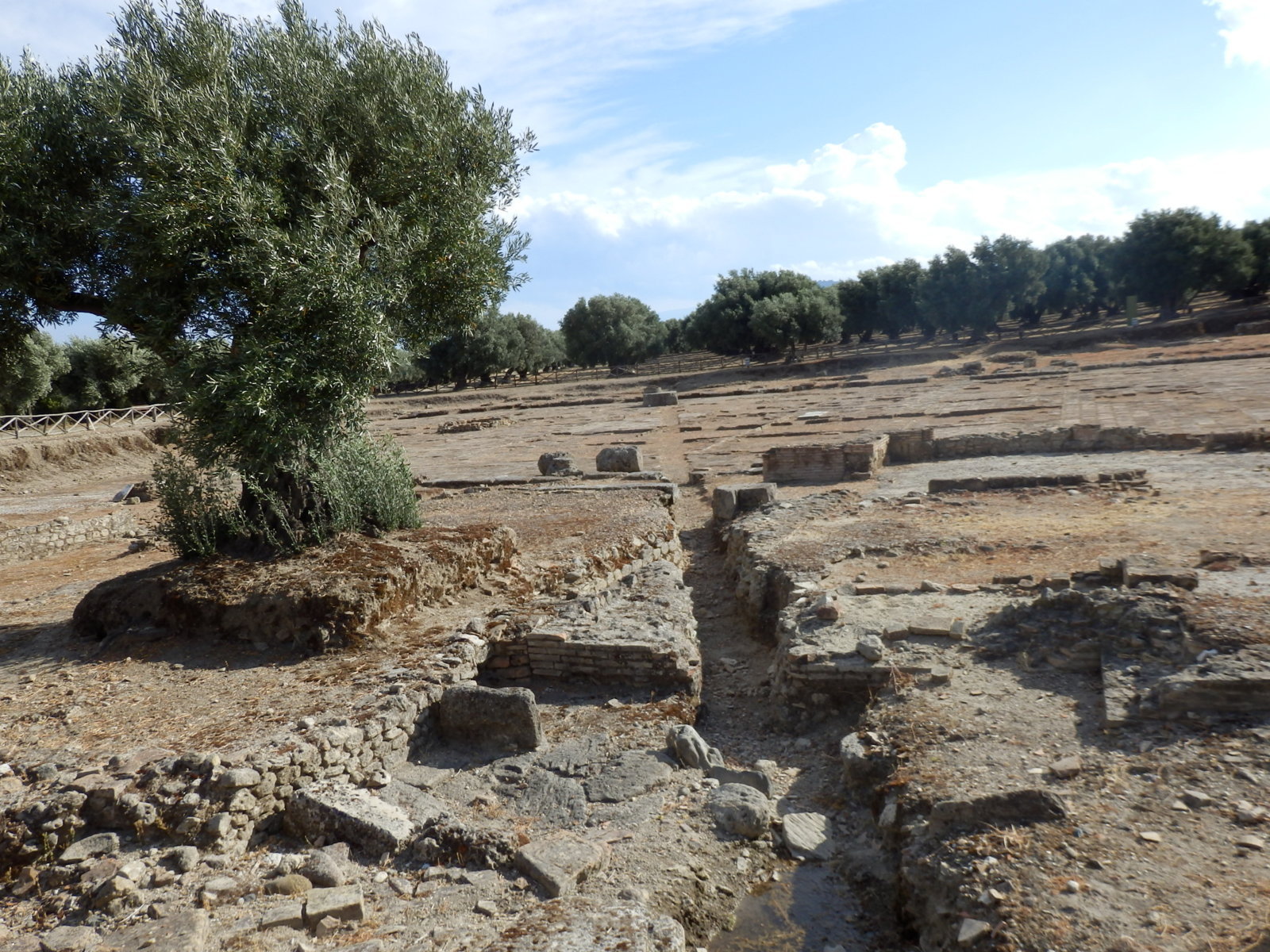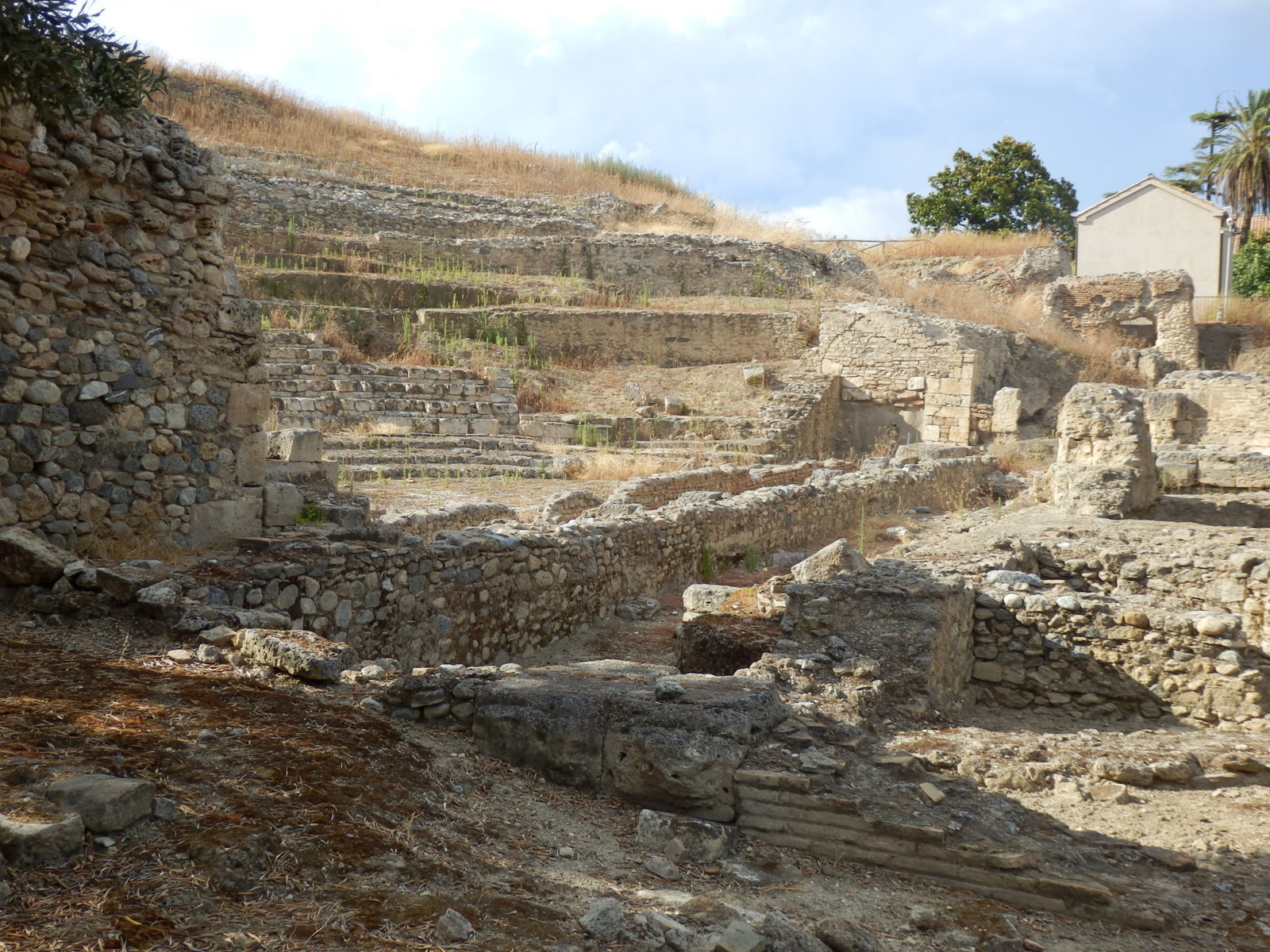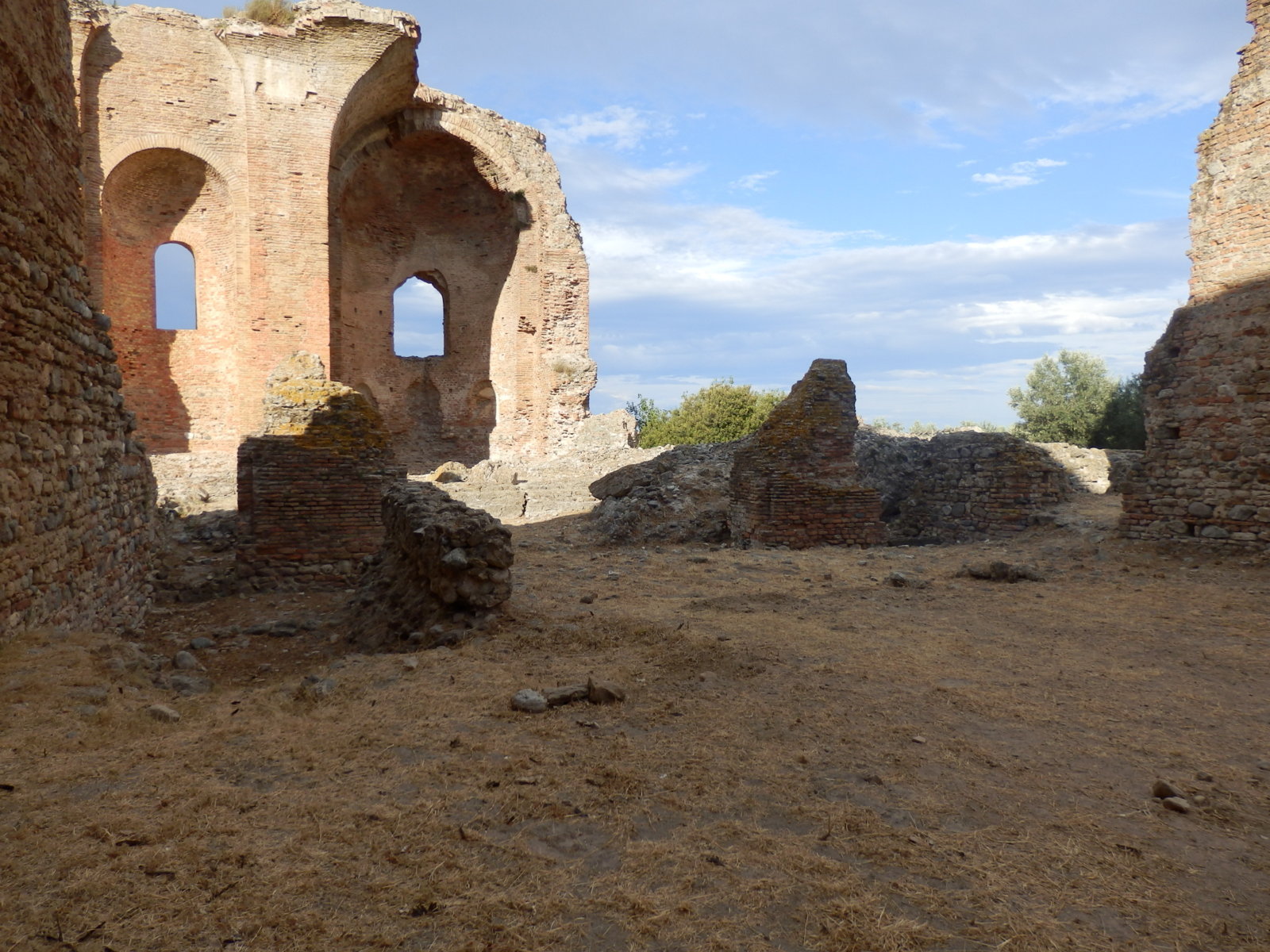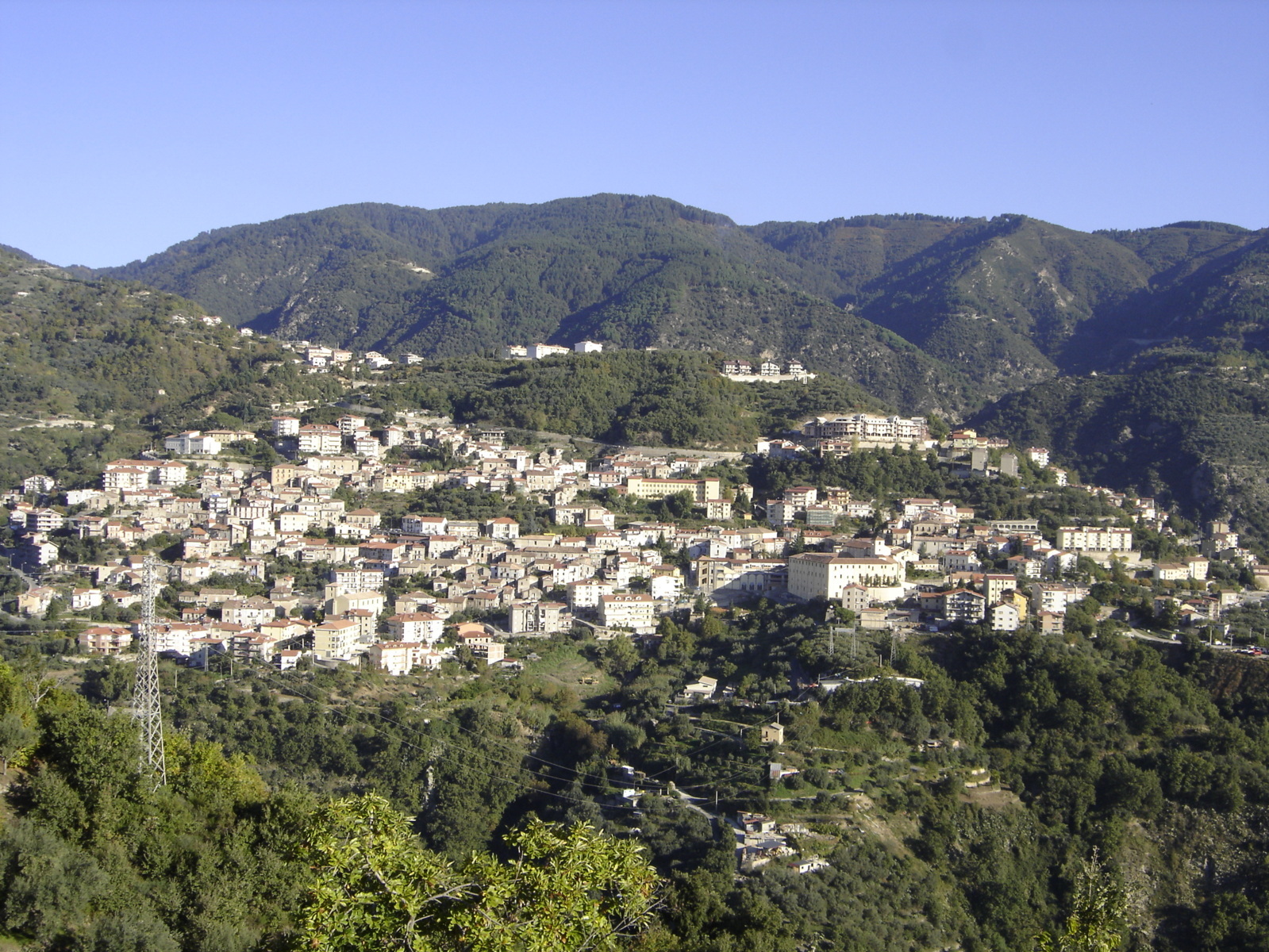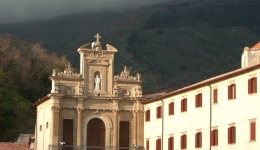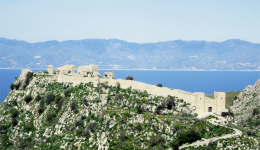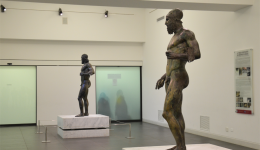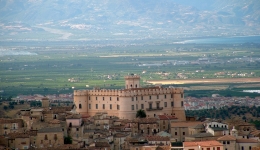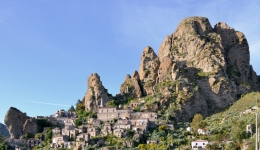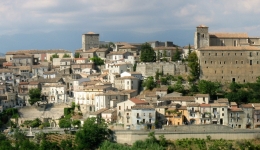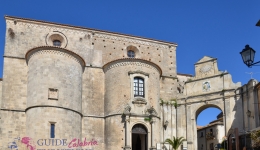Tour that retraces the millennial history of this area and its oldest inhabitants: the Greeks, the Brettii, the Romans, the Byzantines, the Normans and the Saracens. We will firstly visit the Roman city of Scolacium, ancient coastal city birthplace of the roman senator and historian Cassiodorus, which was previously a Greek colony named Skylletion and changed his name in Minervia Scolacium under the Roman domination. The Archaeological Park is located in Roccelletta di Borgia, there is not much left of the pre-Roman built-up area, the remaining ruins show us the scheme of the Roman colony with its monuments, its paved roads, remains of the aqueduct, of mausoleums, tombs, of a basilica and of the baths. The theatre built, during the I century and then modified, leans on a natural slant of the hill and could host ca. 5000 spectators. From this site come the majority of archaeological finds like some statues and architectonical elements. Near the theatre there are some ruins of a magnificent amphitheater built under the emperor Nerva. The name “Roccelletta” designs the abbey-church of Santa Maria della Roccella, the ruin of a big building near the main entrance of the park. It was built by the Normans, during the XII century and probably never finished. However, during the centuries was used as a fortress, still today it is erroneously called “the castle”. Thereafter we will discover some local dishes in a farmhouse restaurant. During the afternoon we will move to Taverna, a small town on the slopes of the Sila Piccola, not so far away from Catanzaro. The village, whose origins are Greek, as some recently discovered archaeological sites evidence, is famous to be Mattia Preti’s birthplace. The painter was one the most important representative of the Baroque in the court of Naples. We will visit Preti’s picture gallery inside the monumental church of San Domenico, a wonderful frame to the painter’s eleven canvas; the church of Santa Barbara in the middle of the old homonymous district, that hosts other masterpieces and the San Martino church where the tour ends.
For more information about this itinerary, please contact us!







